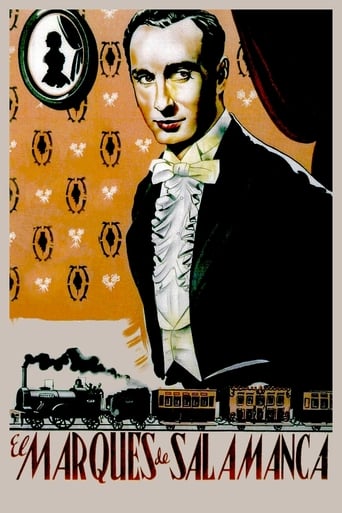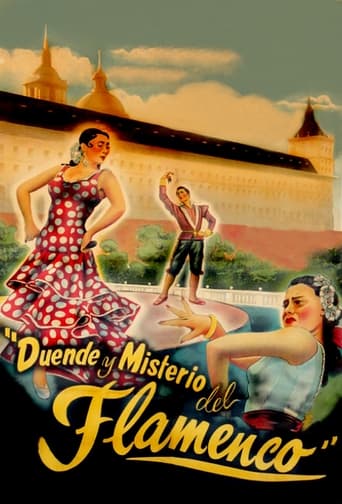The Last Horse 1950
Fernando has just finished the military service. It decides to buy Bucéfalo, the horse that has been his partner for this time and returns to Madrid removing with it to the animal. But everything has changed, the city already neither is the same and even he nor finds stables nor has time to attend to it. This way the things remedy will not have any more that to look for any solution.







